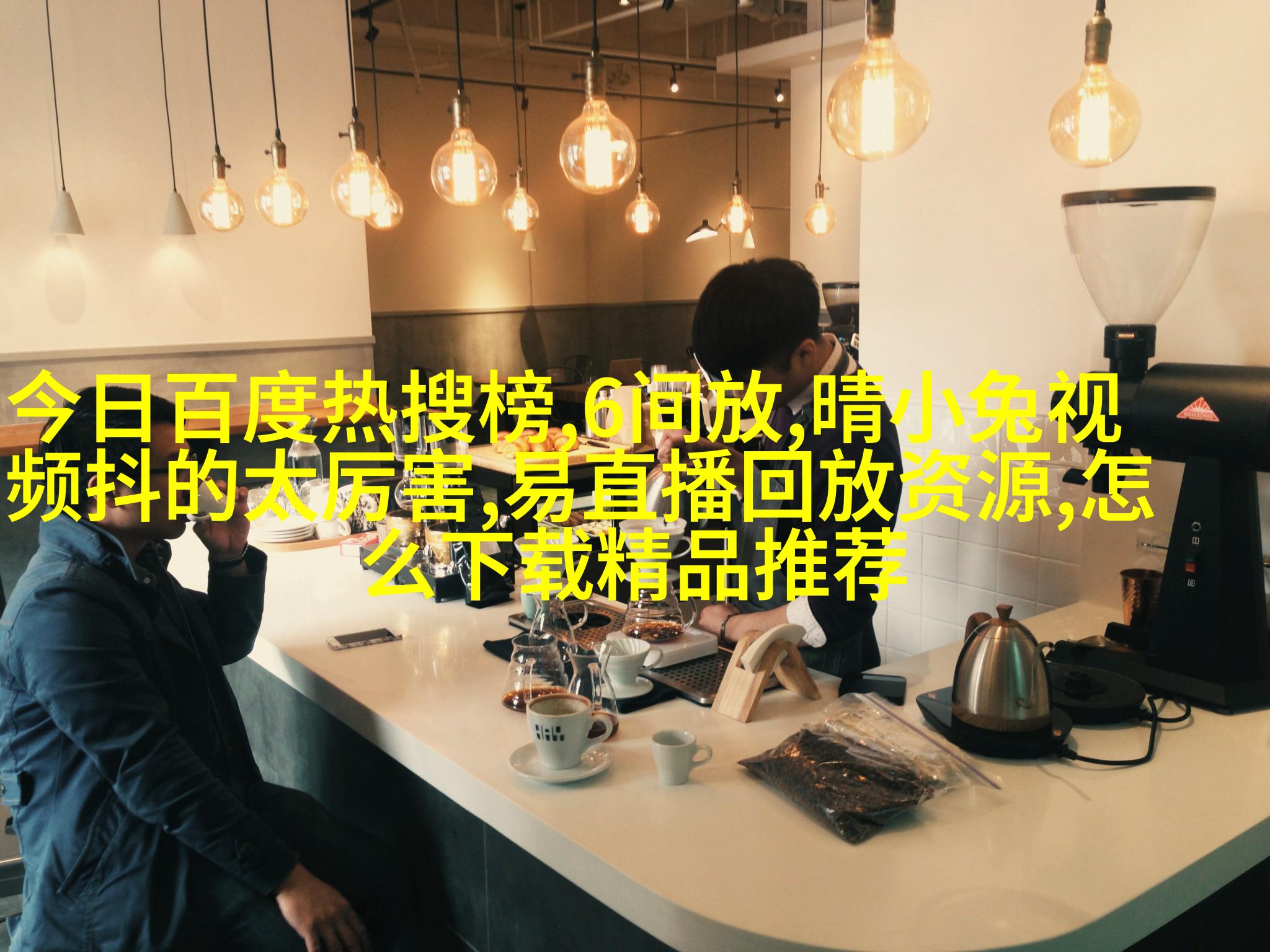The allure of vintage charm is undeniable, and it's no wonder that this aesthetic has captured the hearts of many. In the realm of English literature, a retro revival has been gaining momentum, with authors embracing the past to create works that are both nostalgic and innovative.

Retro Revival in Style

One aspect of vintage charm is its distinct style. Think flapper dresses, fedoras, and typewriters – these elements evoke a sense of nostalgia for a bygone era. In English literature, this translates into a focus on traditional storytelling techniques combined with modern themes. Authors are experimenting with language and structure to create unique narratives that pay homage to the past while still feeling fresh.

Nostalgic Themes

At its core, vintage charm is about reminiscing on past times – be it through fashion or music or even literature. This nostalgia can take many forms in English writing. For instance, some authors might explore historical events or cultural phenomena from previous eras as their subject matter. Others may use period-specific settings to tell timeless stories that resonate across generations.

Timeless Tales Retold
Another way vintage charm manifests itself in English literature is through retellings of classic tales using contemporary perspectives or styles. These reimagined stories often blend elements from different time periods to create something new yet familiar at the same time – much like how vinyl records have seen an uptick in popularity alongside CDs and streaming services.
Experimentation with Language
Language itself holds significant importance when it comes to evoking vintage charm in writing style and formality level reflect this sentiment perfectly well - such as using words like 'thou' instead 'you', old-fashioned phrases etc.
5-6-7-8




